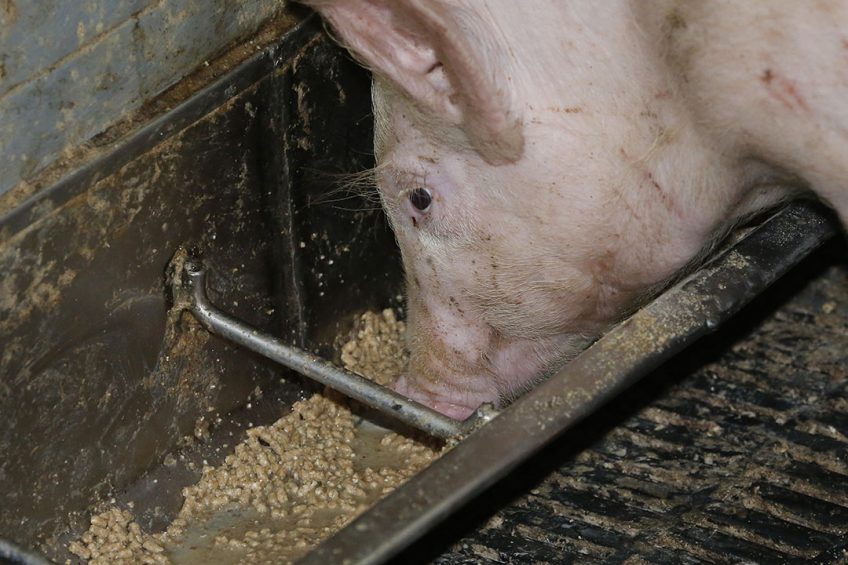ASF China: Virus found in animal feed; 102 outbreaks

As the number of officially reported African Swine Fever cases in China has risen to above 100, China detected African Swine Fever virus in various protein powders based on pork blood cells.
According to news agency Reuters, the virus was found in some protein powders, based on pork blood cells and manufactured by a Tianjin-based company. The raw material for the almost 74 tonnes of contaminated protein products, mainly used in animal feed, came from 12 slaughterhouses in Tianjin, the Chinese customs said.
Customs also issued an alert to step up tests for ASF virus in exports of such products and also warned farms in Hong Kong and Macau to tighten checks on imports of animal nutrition.
ASF counts in China: 102
In the meantime, the total count of ASF outbreaks is now at 102 in China. The most recent outbreaks, as confirmed by the World Organisation for Animal Health (OIE), were discovered in the days before Christmas in Fujian, Guangdong and Guizhou provinces.
In Fujian province, the virus was found in recent days on 2 larger farms, with almost 12,000 and almost 6,000 pigs. In Guangdong, a farm with just over 6,000 pigs was hit, as well as a backyard farm with 90 animals.
In total, roughly 650,000 pigs have died in China since the virus was detected in August. This includes direct victims as well as culled animals. In the map above are all reported outbreaks in China since August. In blue provinces there is either no outbreak or considered free of ASF again.
Easing pig transport bans
News agency Reuters also reported that China’s Ministry of Agriculture and Rural Affairs (MARA) has eased the rules on the transportation of sows and piglets.

Also visit our African Swine Fever minisite with maps, overviews and latest info…
That decision comes to ensure pig production and pork supplies, according to the news agency. Sows and piglets from counties without ASF outbreaks will be allowed to be transported to other provinces and will be allowed to be moved within the infected province, the ministry said. Finisher pigs produced at farms with high biosecurity levels in ASF infected counties can also be sold to slaughterhouses with 150,000 pigs per year.
Earlier, the transport of live pigs from regions infected with the disease was banned. That measure led to a steep drop in prices in major production areas in the north that usually sell pigs to other regions.











